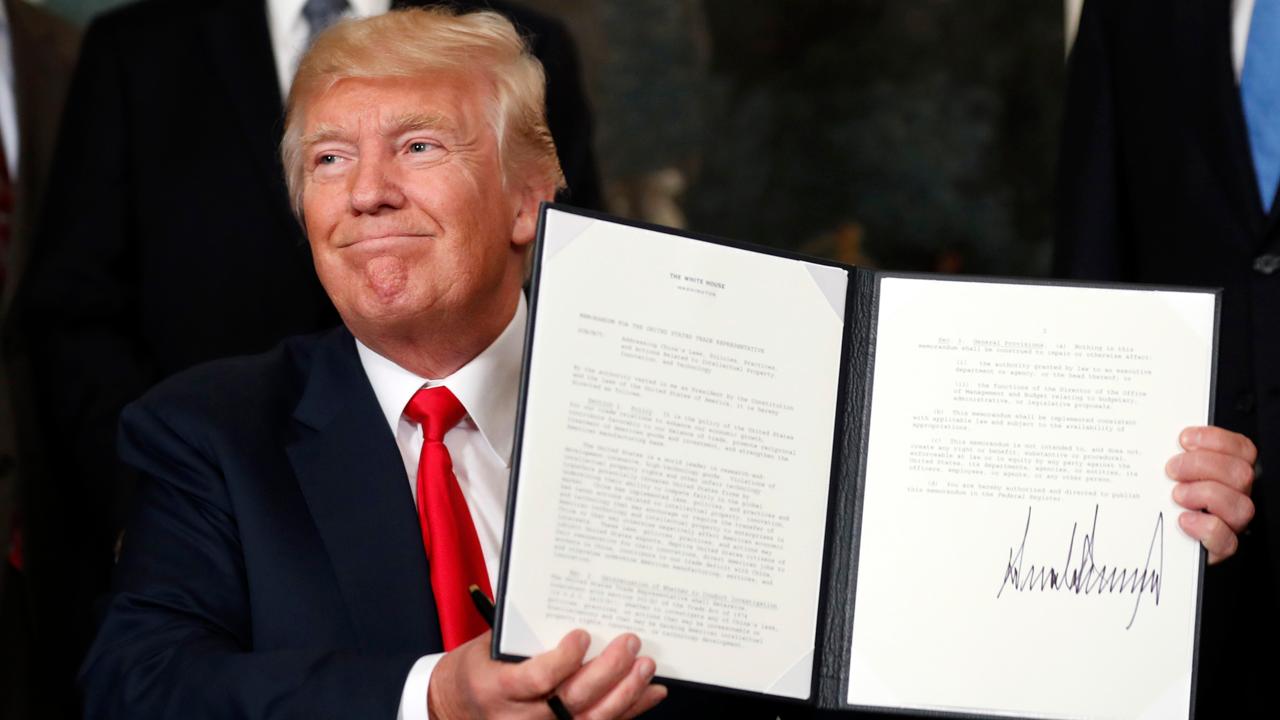Counterfeit cash circulating in 11 states: Here’s how to spot it
Multiple arrests involving phony cash have been making the media rounds in over 11 states, including New York, Iowa, Illinois and Michigan, in the last six months.
Earlier this week, both New York City and Iowa reported cases of fraudulent cash popping up into the hands of local business owners.
A Manhattan bar manager Ryan O’Neill told CBS2 that more counterfeit bills, particularly $20 bills, have been surfacing in the area over the last two weeks. Another bar owner just a few blocks away reported the same thing with some fraudsters even using fake $5 and $1 dollar bills.
On Tuesday, two people were arrested in Cedar Falls, Iowa, for allegedly trying to use phony $1 bills at a local Walmart (NYSE:WMT) back in early October, police said.
Earlier this month, four people were charged in a counterfeit money scheme in upstate New York in Rochester that involved at least 16 local businesses over the last two months. Authorities said they have teamed up with the U.S. Secret Service to determine the origin of the counterfeit money.
While the use of counterfeit cash isn’t new, with the Department of Treasury estimating over $70 million worth of fake bills in current circulation (about one in every 10,000), small and large businesses should still be on the lookout for fakes.
“I think overall it has been pretty consistent. There have recently been concerns over whether North Korea might produce an uptick of their supernote counterfeit bills given the sanctions and pressure put on them recently, but in general, counterfeit money seems to a steady crime that is always going on around the U.S. and abroad,” Alex Reichmann, counterfeit money expert and CEO of iTestCash.com, told FOX Business.
Still, Reichmann has made a business out of helping retailers around the country and abroad spot money scams before it’s too late. Rechimann said these are the four biggest things customers and business owners should look out for:
Tip #1: Always examine the feel of your bills. If it feels extra thick or thin, that can be an easy giveaway to a bill being a fake.
Tip #2: Compare and contrast. If you have a $5 or $10 bill that seems sketchy to you, simply compare it to another bill of the same denomination and examine the feel and security features that are on the bill.
Tip #3: Inspect the printing quality of your bills. Another strong give away of a counterfeit is if the printing looks off. Real bills should always have the same color hue as each other. The ink should also look clear and not smudged or off color like fake bills can have.
Tip #4: Analyze the portraits. The portrait on real dollars should look very clear and stand out from the background, while with fake bills, it can look very blended into the design.
Lastly, Reichmann said to look very closely on the rim of the portrait of the bill because it says, "THE UNITED STATES OF AMERICA" repeated along the sides of it, which can be very hard for counterfeiters to replicate with printers due to its intricate nature.

